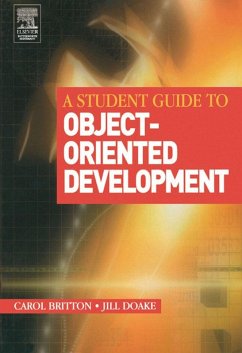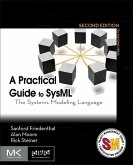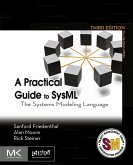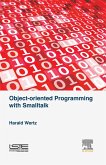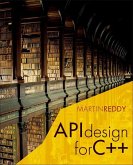The book outlines standard object-oriented modelling techniques and illustrates them with a variety of examples and exercises, using UML as the modelling language and Java as the language of implementation. It adopts a simple, step by step approach to object-oriented development, and includes case studies, examples, and exercises with solutions to consolidate learning. There are 13 chapters covering a variety of topics such as sequence and collaboration diagrams; state diagrams; activity diagrams; and implementation diagrams.
This book is an ideal reference for students taking undergraduate introductory/intermediate computing and information systems courses, as well as business studies courses and conversion masters' programmes.
- Adopts a simple, step by step approach to object-oriented development
- Includes case studies, examples, and exercises with solutions to consolidate learning
- Benefit from the authors' years of teaching experience
Dieser Download kann aus rechtlichen Gründen nur mit Rechnungsadresse in A, B, BG, CY, CZ, D, DK, EW, E, FIN, F, GR, HR, H, IRL, I, LT, L, LR, M, NL, PL, P, R, S, SLO, SK ausgeliefert werden.

